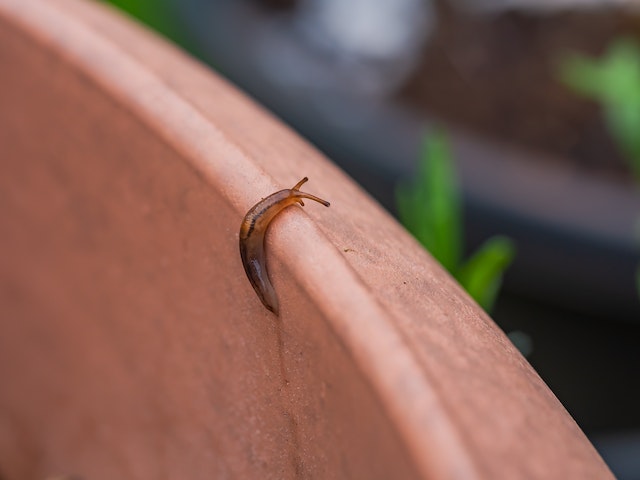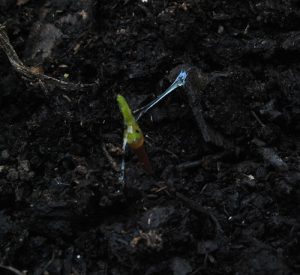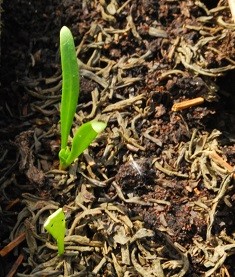Have you ever got your seedlings got off to a great start, only to wake up one morning to find something has nibbled all the leaves off overnight? It’s pretty annoying to say the least. So, ‘what is eating seedlings?’ I hear you ask. If you are experiencing damage to your seedlings and are unsure about what may be causing it, there are a few common pests that could be responsible. Some possible culprits include slugs, snails, aphids, and flea beetles.

You may also want to examine your seedlings carefully, looking for signs of damage as well as any visible pests.
What Pests are Eating my Seedlings?

Discovering that something is munching on your precious seedlings in the garden can be frustrating. Several culprits could be responsible for this damage.
The soil is alive with woodlice, but they tend to eat decaying vegetable matter and do not usually pose a problem for growing plants.
Here are some common pests that may be eating your seedlings:
- Insects: Many insects, such as aphids and flea beetles, are notorious for feasting on tender seedlings. These pests can quickly damage or destroy your plants if left unchecked.
- Slugs and snails: These slimy creatures are commonly found in gardens and can be especially problematic for seedlings. They leave behind telltale slime trails and can eat entire leaves or seedlings overnight.
- Rodents: Mice, voles, and even squirrels can be attracted to your garden and may nibble on seedlings, particularly if they are seeking shelter or food.
- Birds: Some birds, such as sparrows or finches, may peck at young seedlings or dislodge them while searching for insects or seeds.
To identify the specific culprit, it is helpful to inspect your seedlings carefully. Look for bite marks, holes in leaves or stems, slime trails, or evidence of burrowing nearby.
In this case, a small trail of silver gave the game away. Slugs.
How can I Stop Slugs Eating Seedlings?
Depending on the pest, there are different methods for controlling and preventing further damage, such as using organic pest control solutions, removing affected parts of the plants, or using physical barriers around the plants.

It’s always best to use natural methods of pest control in the vegetable garden, to prevent contamination of the soil. So, how can we put off these slimy meddlers?
One effective barrier to stop slugs from eating seedlings is Earl Grey tea!
The loose leaves are fairly sharp and twiggy, and the gorgeous scent of bergamot acts as a deterrent, rather like citrus. Sprinkle the tea leaves liberally around the seedlings like a mini mulch, and enjoy the scent wafting in the garden!
The Result!
I have to say, I approached the vegetable garden the next morning not expecting it to have worked. To my amazement, the seedlings that had escaped the first round of munching, were still there! And untouched!
There were a few silver trails around, but these were not on the Earl Grey tea leaves. They went around them. Who knew that Earl Grey tea is actually slug Kryptonite?
So, fellow gardeners, never underestimate the power of a surprising solution and persistent investigation. Who would have thought that a simple cup of Earl Grey tea could be your shield in the battle against seedling-eating foes?
Remember, knowledge is your greatest tool in gardening and in life, helping you adapt, grow, and protect what you hold dear. Keep exploring, keep learning, and keep fighting for your green little warriors!
Have you used herbal teas or essential oils to deter slugs in your garden? Please share your (PG) tips!

